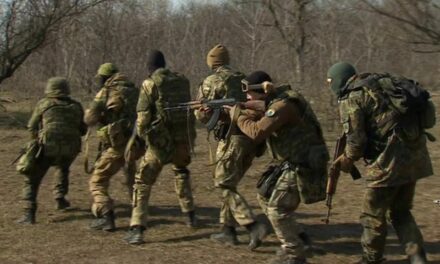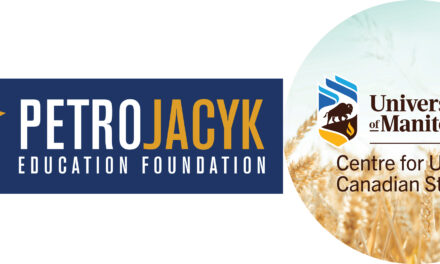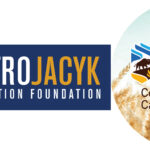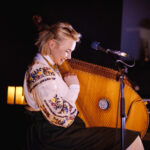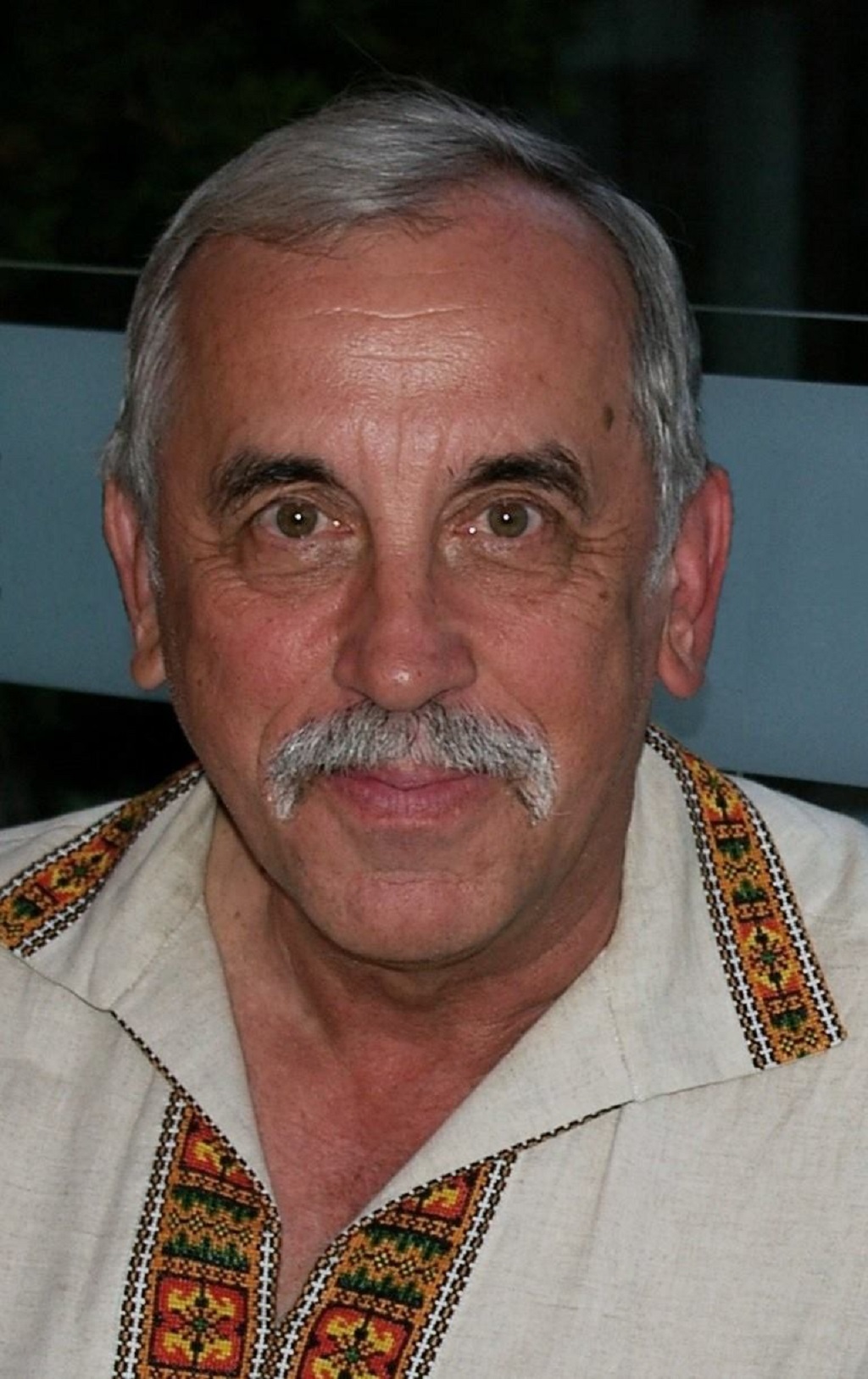Volodymyr Kish
As regular readers of this column know, I have had a longtime interest in genealogy, and have invested significant effort in tracing my ancestral roots on both the maternal and paternal sides of the proverbial family tree. So far, I have been able to build a fairly accurate picture going back as far as the late 1700’s aided by the fact that church archives for Western Ukraine, as well as those of the Austro-Hungarian empire bureaucracies, have surprisingly managed to survive the ravages of the many wars that swept the area over the past several centuries.
Although what I have uncovered has been interesting in its own right, most of that family history has been fairly static. Virtually all of my ancestors for the past two hundred and fifty years were born, lived and died within at most a few kilometers of the same two villages where my mother and father came from. Being peasants and largely tied to the land, that is hardly surprising. Yet, having read widely of the longer term history of this area of the world, I know that this rich land north of the Black Sea has been the scene of many migrations, invasions and ethnic displacements over the millennia, and I always wondered about my origins on a far wider time scale.
It has been fairly well established by recent genetic studies that Eastern European populations reflect a polyglot of ethnic influences. For instance, Poles comprise a mix of some 59% Slavic roots, 13% Germanic, 7% Mediterranean, 6% Jewish, and a smattering of Finnish, Turkish, Asian and Scandinavian. For the Russians, the corresponding numbers are 59% Slavic, 9% Asian, 8% Siberian, 6% Germanic, 5% Jewish, 4% Scandinavian, and traces of others. Regrettably, I have not been able to find a similar analysis for Ukrainians, though I would suspect that it would be fairly similar to the Polish and Russian numbers. In any case, I always assumed that my genetic make-up would be somewhat along the lines of the above numbers.
Recently, I had the opportunity to find out exactly what was in my personal chromosomes. This past Christmas, my family bought me an inspired present – a DNA analysis kit. After taking swabs from the inside of my cheeks, I sent my DNA samples to the labs of the National Geographic Society, who have been running a DNA analysis project for many years now, tracing the origins of the earth’s many inhabitants. Recently, I received the results of my test, and they provided a few surprises.
Despite my previously held assumption of having inherited a rich mixture of many different ethnic components that reflected the turbulent history of the Steppes north of the Black Sea, it turns out that I am of fairly “pure” antecedents. My chromosomes are 93% Slavic, 4% Turkish and 2% Mediterranean. My previous speculations about having Viking, Mongol, Germanic or Jewish blood could find no corroboration in fact. I guess I am about as pure a Ukrainian as one can be.
The story however, does not stop there. Aside from the breakdown of my ethnic origins, the test provided me with a much broader picture of my origins going back almost 100,000 years. Genetic science tells us that we inherit our DNA virtually unchanged from generation to generation. Every now and then though, a mutation occurs in a particular individual that distinguishes their descendants from others that did not have that mutation. These mutations, called markers, have enabled scientists to track these marker groups as they spread over the globe from the original human populations in Africa.
Because of this, I know that on my father’s side, my distant ancestors left the Rift Valley of East Africa some sixty to seventy thousand years ago and migrated to the Middle East. In the period between sixty to forty thousand years ago, they spread to the Indian sub-continent and into the vast expanses of Central Asia. Between forty and fifteen thousand years ago, some had turned westwards and colonized the steppe lands north of the Black Sea and were starting to move into Europe proper.
On my mother’s side, her ancestors left the same Rift Valley of Africa and settled in the Middle East some sixty to forty thousand years ago. At around forty thousand years ago, some of them began migrating north and northwest into the Balkans and Eastern Europe. As the Ice Age retreated some twenty thousand years ago, they continued their spread into Central and Northern Europe. Finally, some of her ancestral group turned east and into what is now Ukraine.
As fascinating as the results of this DNA testing have been, I have also found out that I am but scratching the surface. The science of genetics and DNA sequencing is evolving at such a rapid pace, that by doing further and more specialized and focused testing, I will be able to add significantly more detail as to who the Kishes and Geruns are and where they came from. We certainly live in interesting times.
Share on Social Media















